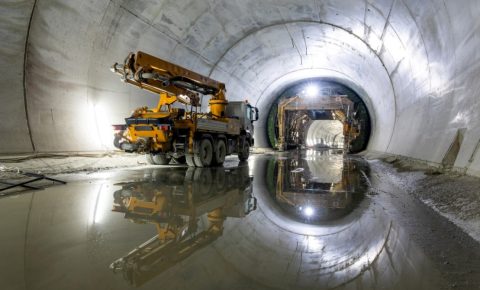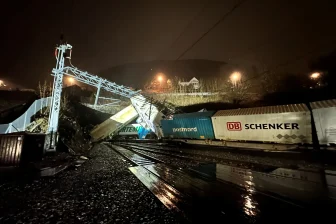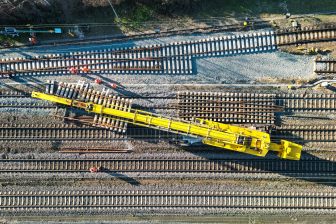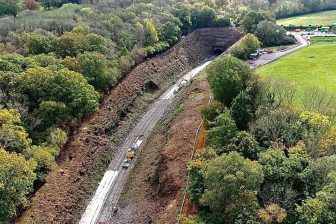
Brenner Base Tunnel underground junction not compliant with regulations
source: RFI
A new report concludes that an underground connection to the Brenner Base Tunnel in Germany would not be fully compliant with the current regulations. A connection point underground, instead of the normal above-ground, is preferred by local groups. It would not be impossible, finds the German Center for Rail Transport Research (DZSF), however the question is whether the effort and cost of further research is worth to be invested.
Want to read more?
You have read all of your free premium articles for this month. Please become a subscriber to keep reading.
Subscribe now!
Take advantage of our exclusive offer to get full access to all premium content.




Maybe take a look at the Delft tunnel in the Netherlands which has an underground train station with 4 connecting tunnels at both sides.
Or take a look at the Sophia tunnel, part of the Betuweroute freight line between the Port of Rotterdam and Germany. To protect the land on both sides of the tunnel from flooding in case of a dike or tunnel breach, both tunnel ends contain massive steel doors that will be lowered automatically in case of flooding of the tunnel.
There are already too many tunnel sections planned on the German side of the Brenner link. These make train travel inconvenient, more expensive and consume additional energy.
Rail should be build overground as a rule, and it is cheaper to buy existing buildungs for 100 million Euro, even at twice their value from homeowners to demolish and replace themm than drill tunnels for 1 billion Euro.